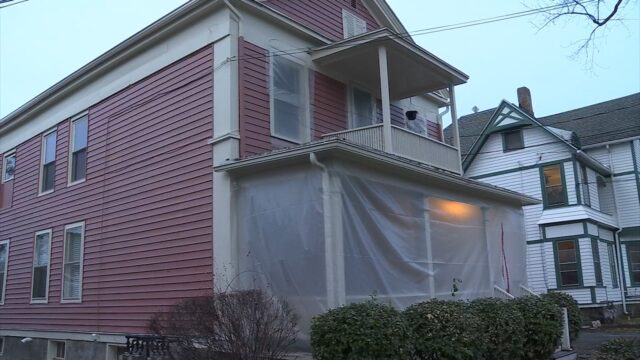The Seneca County Board of Supervisors heard revisions on the Seneca County Multi-Jurisdiction Hazard Mitigation Plan, which is a FEMA sponsored plan adopted in 2008 — looking at prevention of natural disasters.
Flooding is the main concern, explained Bill Clark, who provided the update to the board on the matter.
Waterloo Town Supervisor Gary Westfall, as well as Waterloo at-large Supervisor Bob Shipley discussed a portion of State Route 5&20 in the Border City area, which frequently suffers from flooding along the roadway.

“In the past, if the water didn’t get to the road — it was something we could address. Does that mean we can look at it?” asked Supervisor Westfall.
Clark, who has been the Seneca County representative on the updates — said that those concerns in Border City along 5&20 were among those being considered.
“FEMA money pays for the plan,” explained Clark. “When it comes to the dollar losses for communities, as well as injuries and deaths associated with natural disasters — floods have the biggest impact regionally.”
“It’s more cost-effect to prevent these hazards before they occur. That’s why plans like this are so important,” Clark continued.
Individual municipalities will be asked to vote on resolutions, which will align the entire county with this plan.
The update given on Tuesday includes the following:
Hazard Mitigation Plan Goals
- Identify and prioritize the types of hazards that pose the greatest risk to Seneca County;
- Prepare a Risk and Vulnerability Assessment for hazards that pose the greatest concern; and
- Identify local improvements and projects that will prevent or minimize hazard impacts.
Local Participation in the Planning Process
- Workshops and briefings for local officials;
- Visits to each Town and Village to evaluate sites where improvements are needed;
- Follow-up coordination with local authorites, primarily Highway and Public Works;
- Promotion and opportunities for public participation;
- Identification of projects and sites where mitigation improvements for natural hazards are proposed; and to
- Review and follow-up regarding plan goals and projects.
Types of Projects Included
- Increased capacity of drain tile and culverts;
- Highway and roadside drainage improvements affecting homes and businesses;
- Hillside and slope drainage impacting lakeside properties, public utilities and roads;
- Projects that permanently prevent the buildup of debris in channels and floodways;
- Management and improved design to minimize flood risk; as well as
- Strengthening the application of building codes that prevent flooding and reduce hazards.
What’s Next
- Adoption of the plan by local Town and Village boards;
- Review plan proposals with officials in the community;
- Add new projects or amend existing proposals at any point through the Emergency Services Office;
- Application periods for FEMA projects funding are periodically announced through the State and County.
ALSO: Raises coming for Seneca County employees as supervisors approve increases














